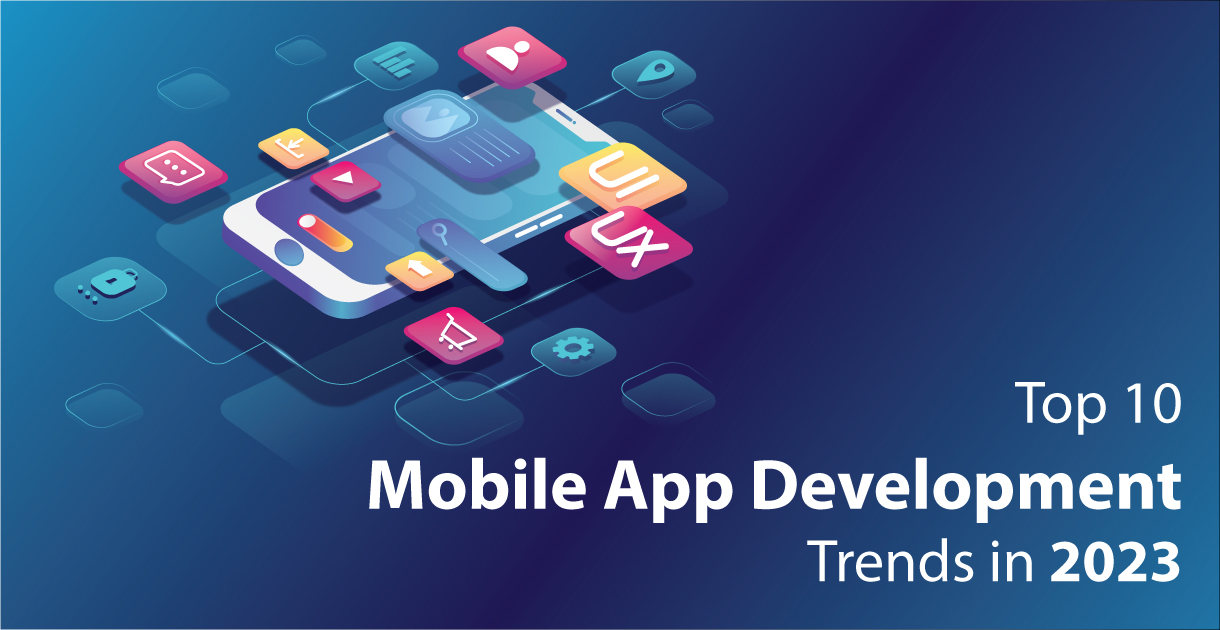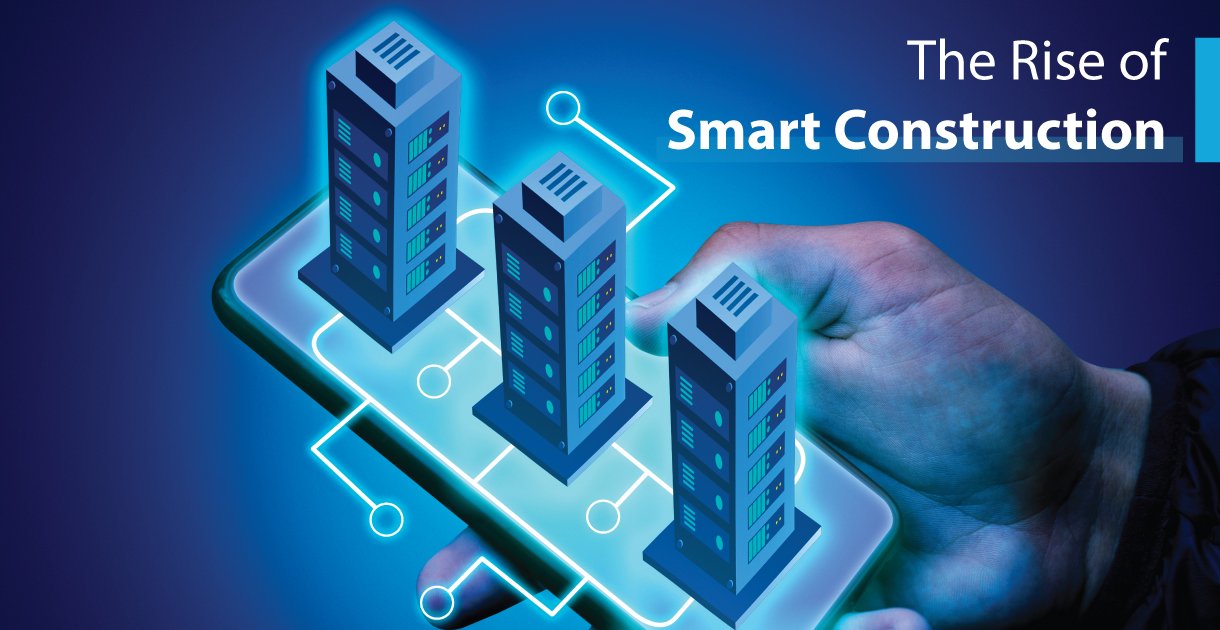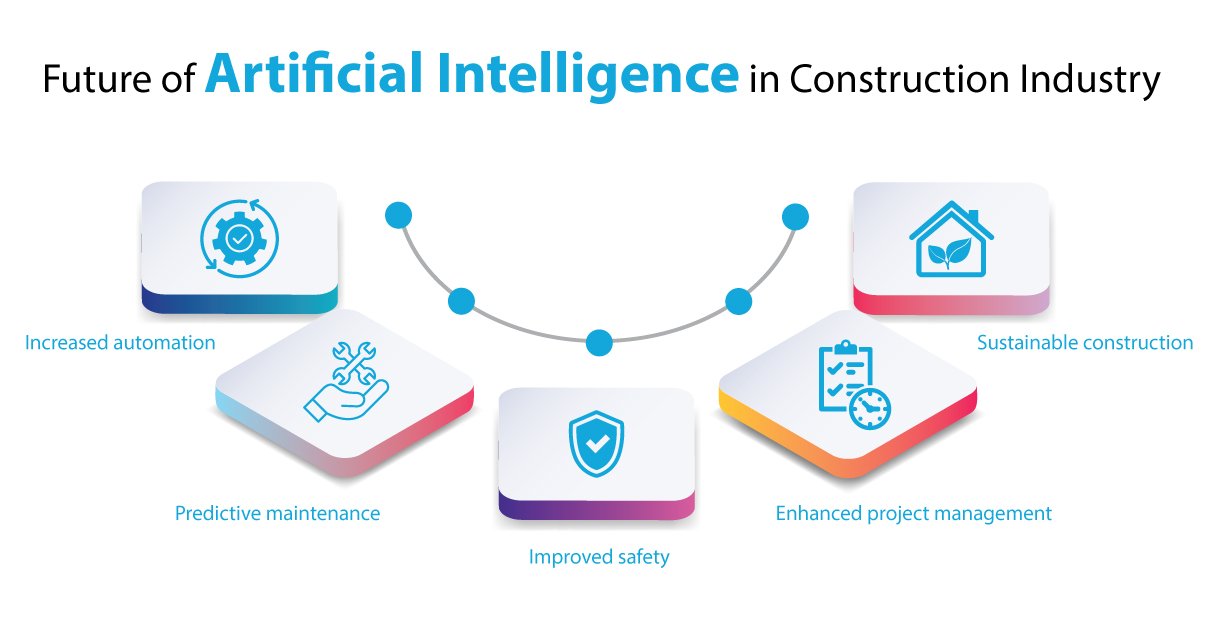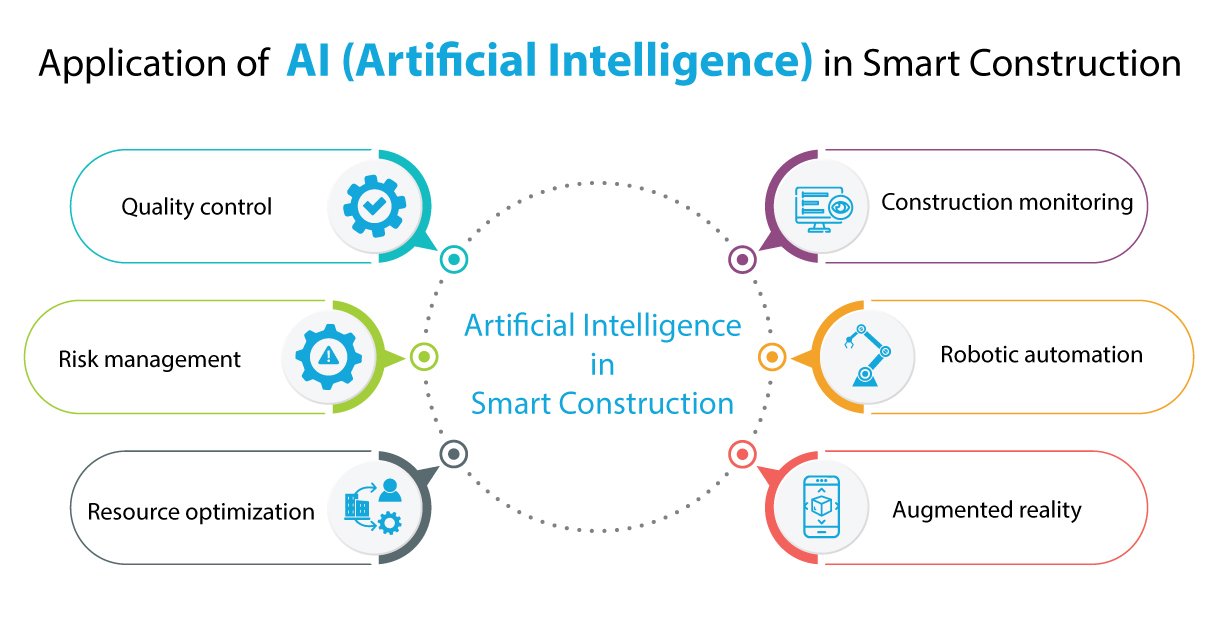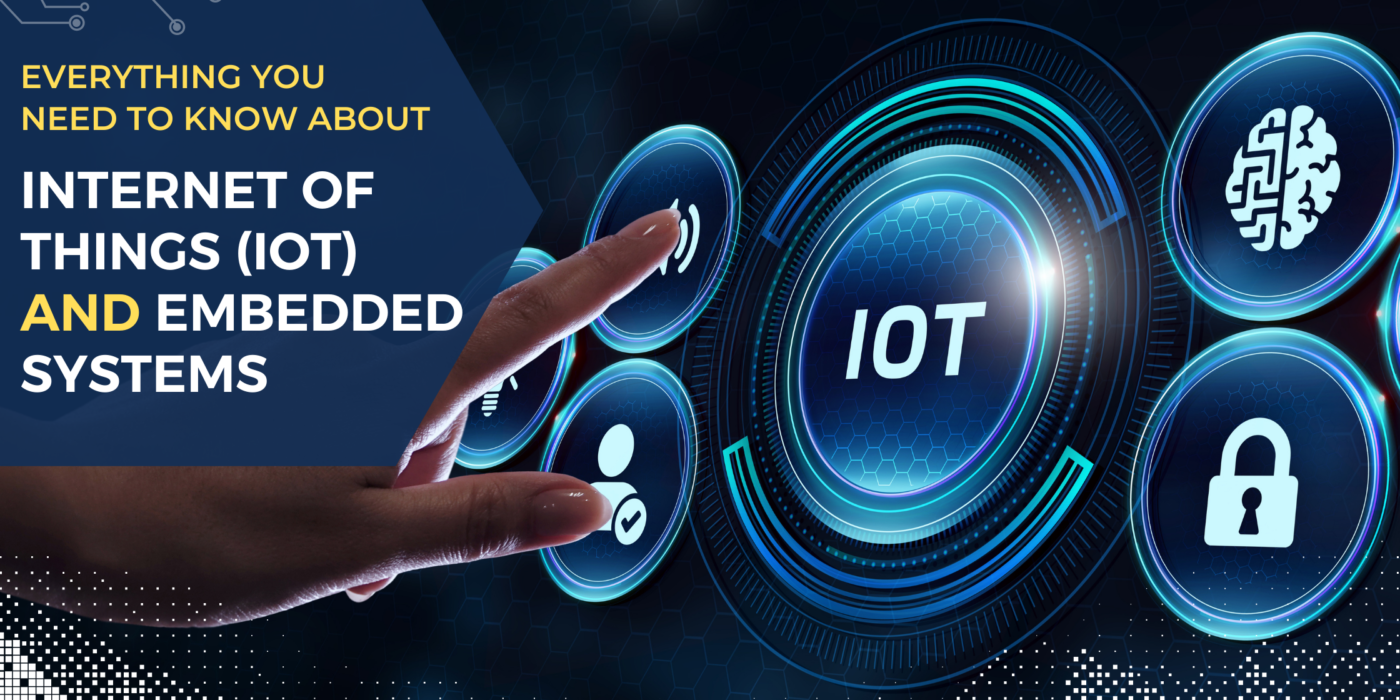Step into the realm of boundless possibilities! In the ever-evolving world of mobile app development, where innovation knows no limits, we present the definitive guide to the Top 10 Mobile App Development Trends in 2023. Brace yourself for a captivating journey as we unravel the cutting-edge technologies, ingenious ideas, and game-changing strategies that will shape the future of app development. From mind-bending augmented reality experiences to the seamless integration of artificial intelligence, this thrilling countdown will unveil the hottest trends poised to revolutionize how we interact, engage, and thrive in the digital landscape. So, fasten your seatbelts and prepare to witness the breathtaking fusion of technology and imagination as we embark on this electrifying expedition into the future of mobile app development!
All about Mobile App Development!
Mobile app development refers to the process of creating software applications specifically designed to run on mobile devices, such as smartphones and tablets. It involves developing applications for various mobile operating systems, such as iOS (Apple), Android (Google), and Windows Phone (Microsoft). Here are some critical characteristics of mobile app development:
-
- Platform-specific development: Mobile app development requires creating applications tailored to specific mobile operating systems, considering the unique features, design guidelines, and programming languages associated with each platform.
- User interface (UI) and user experience (UX) focus: Mobile apps must deliver intuitive, user-friendly interfaces optimized for smaller screens, touch input, and varying device orientations. The emphasis is on creating a seamless and engaging user experience.
- Mobile hardware integration: Mobile apps often leverage device-specific hardware integration features such as cameras, GPS, accelerometers, and sensors to enhance functionality and provide unique user experiences.
- Connectivity and network considerations: Mobile apps need to account for different network conditions, including both online and offline functionality. They may integrate with various network services, such as APIs, cloud services, and social media platforms.
- Performance optimization: Mobile apps must be optimized for performance, considering factors like limited processing power, memory, and battery life of mobile devices. Efficient coding techniques and resource management are crucial to ensure smooth operation.
- Security and privacy: Mobile app development involves implementing robust security measures to protect user data, secure communication channels, and prevent unauthorized access. Privacy considerations play a vital role, especially due to the sensitive nature of personal information stored on mobile devices.
- App Store guidelines and regulations: Mobile apps are typically distributed through official app stores, such as the Apple App Store or Google Play Store. Developers must adhere to platform-specific guidelines and regulations, ensuring compliance and smooth submission of their apps.
- Continuous updates and improvements: Mobile apps often require regular updates to address bugs, add new features, and stay compatible with evolving operating systems. Developers need to provide ongoing support and enhancements to maintain app performance and user satisfaction.
- Cross-platform development: With the rise of cross-platform frameworks and tools, developers have the option to build apps that can run on multiple platforms using shared codebases. This approach can save time and effort while reaching a wider audience.
- Rapidly evolving technologies and trends: the latest technological advancements and trends heavily influence mobile app development. Staying up to date with emerging technologies, such as artificial intelligence, augmented reality, blockchain, and the Internet of Things (IoT), can give developers a competitive edge and unlock new possibilities for app innovation.
Mobile App Development Marvels of 2023: The Top 10 Trendsetters!
Get ready to witness the unveiling of a breathtaking array of mobile app development marvels in 2023! We proudly present “The Top 10 Trendsetters,” where we delve into the revolutionary advancements that will redefine the app landscape. From immersive augmented reality experiences to the power of 5G connectivity, this captivating journey will introduce you to the game-changing trends shaping the future of mobile app development. Brace yourself for a glimpse into the extraordinary possibilities that await in the world of app innovation!
- Progressive Web Apps (PWAs): Bridging the gap between web and app, PWAs offer lightning-fast performance and offline capabilities, delivering a seamless user experience.
- Augmented Reality (AR) Integration: Apps harness the power of AR, providing immersive and interactive experiences, from virtual try-ons to captivating gaming adventures.
- 5G-Powered Apps: With the arrival of 5G, apps leverage its blazing speeds and low latency, enabling real-time streaming, enhanced multimedia, and next-level connectivity.
- Voice-Activated Apps: Voice commands take center stage, revolutionizing app interactions, from voice searches and personal assistants to hands-free control and smart home integration.
- Artificial Intelligence (AI) and Machine Learning (ML): AI and ML technologies empower apps to learn, adapt, and deliver personalized experiences, from intelligent chatbots to recommendation engines.
- Internet of Things (IoT) Integration: Apps seamlessly integrate with connected devices, unlocking a world of possibilities, from smart homes and wearables to IoT-powered automation and data insights.
- Low-Code and No-Code Development: Non-technical individuals can create apps with ease using visual interfaces, drag-and-drop components, and pre-built templates, revolutionizing app development accessibility.
- Blockchain Integration: Apps incorporate blockchain technology to enhance security, transparency, and trust in areas such as digital transactions, identity verification, and decentralized app ecosystems.
- Chatbots and Conversational Interfaces: Apps deploy chatbots for instant customer support, personalized recommendations, and natural language interactions, fostering user engagement and satisfaction.
- App Security and Privacy Enhancements: Strengthened security measures to protect user data and privacy, with features like biometric authentication, secure data storage, and compliance with stringent regulations.
Conclusion
In this exhilarating journey through the Top 10 Mobile App Development Trends of 2023, we’ve witnessed the rise of a new era. Monarch Innovation reigns supreme, where cutting-edge technologies merge with boundless creativity. Augmented reality takes flight, 5G connectivity unlocks limitless possibilities, and AI becomes the app’s trusted ally. As we bid farewell, remember that the future is in your hands, ready to be shaped by your vision and fuelled by Monarch Innovation. Contact our Mobile App Developer for more information.

